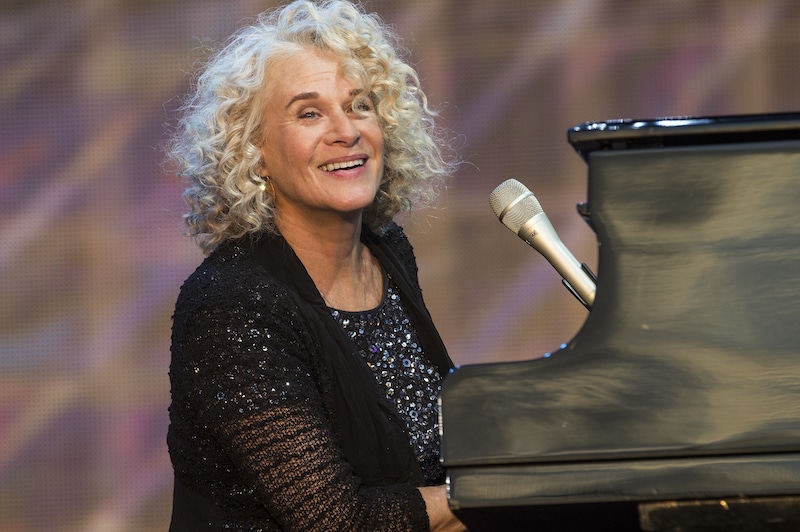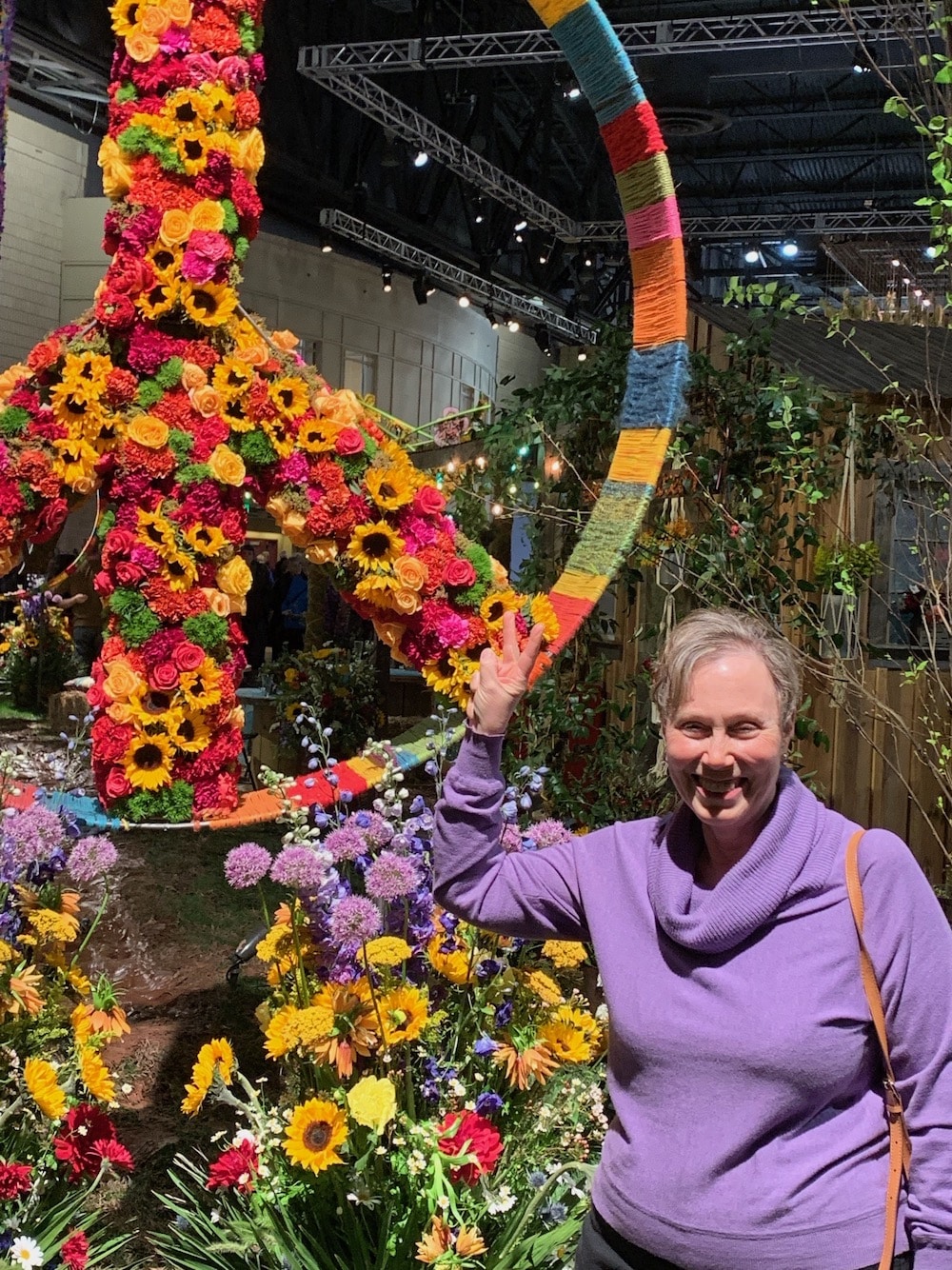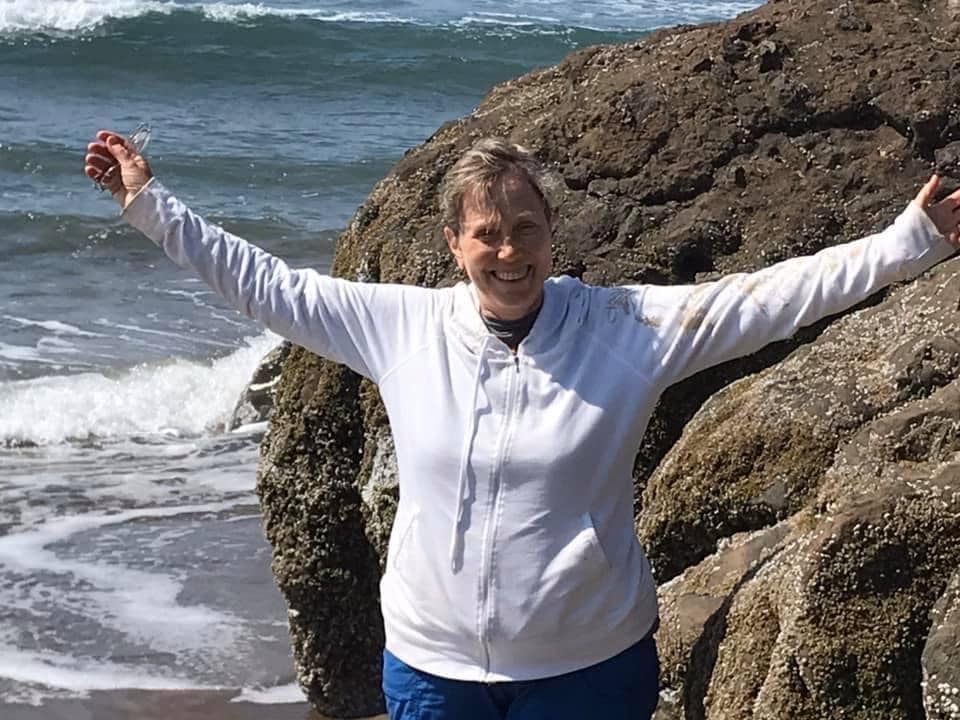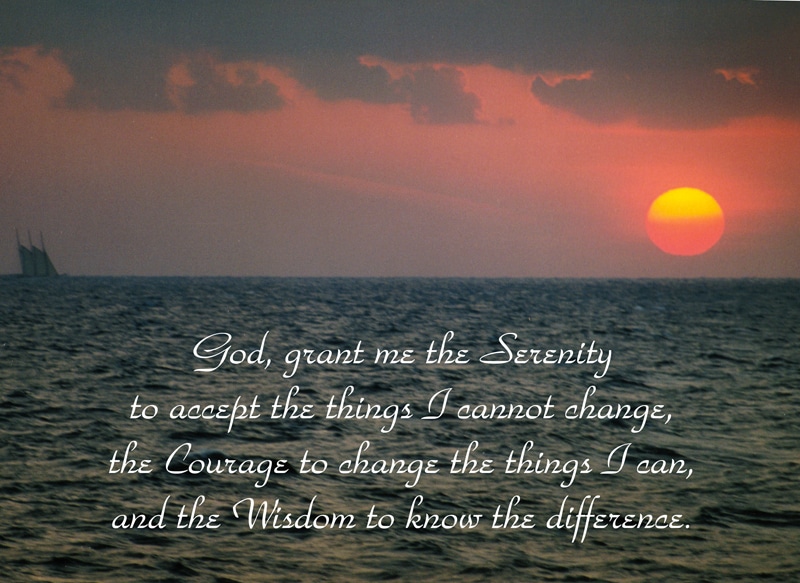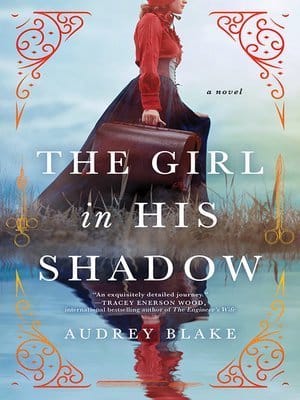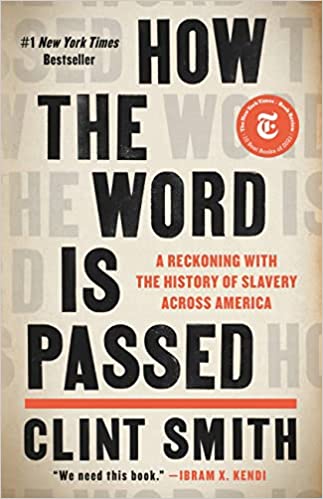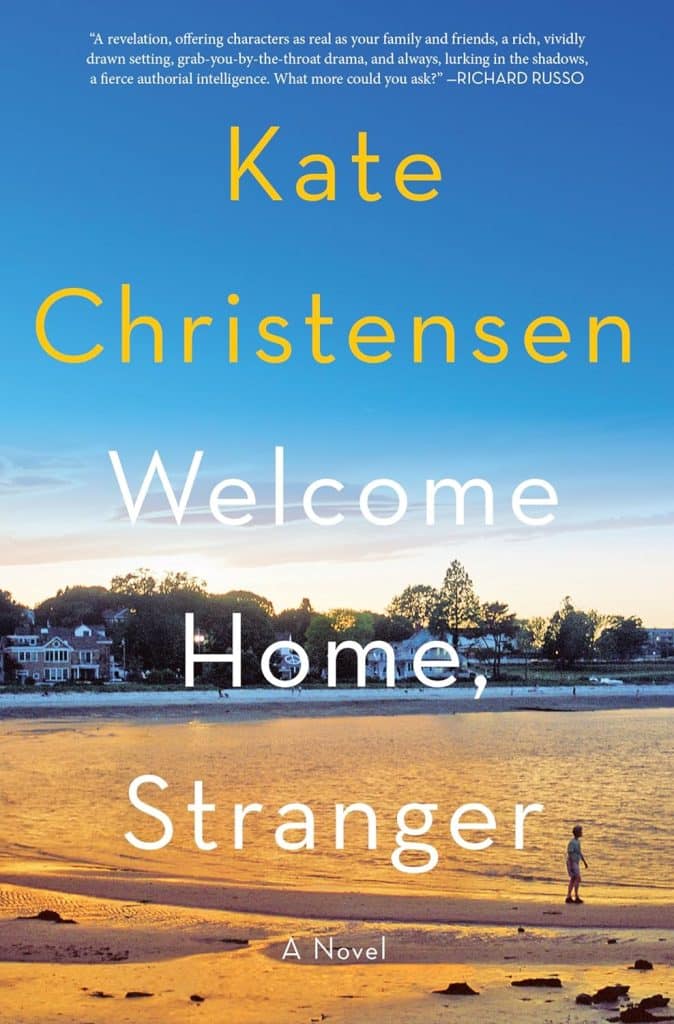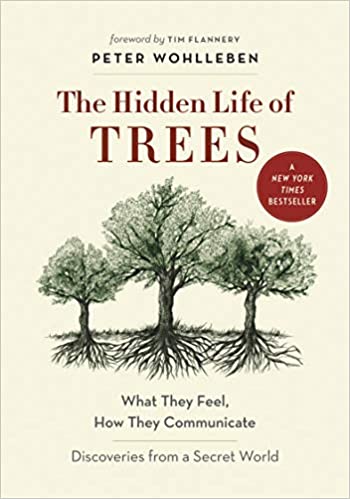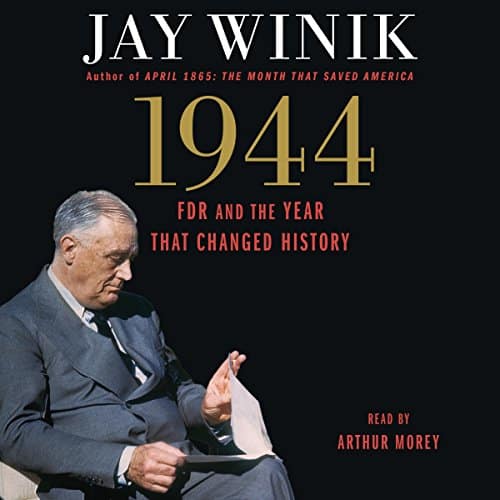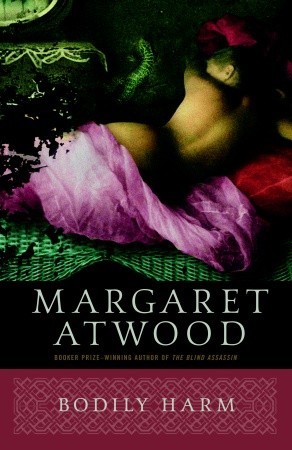Beautiful the
Carole King Musical
As we raced into the darkness below the Hudson, I held her hand and kissed her lightly on her lips. We had planned this weekend trip before knowing Jan had blood cancer, and that news was still the elephant in the room.
Two years ago today, we made this weekend excursion to New York. When we planned the trip, all we were concerned about was recovery from the first cataract surgery, and now we knew that the love of my life also had blood cancer.
My fears were minor compared to those she was bottling up inside her. We knew our journey of love was entering a new epoch, but neither of us knew what the future held for us. All we knew for sure was that our love would grow stronger despite our challenges.
Continue reading →

